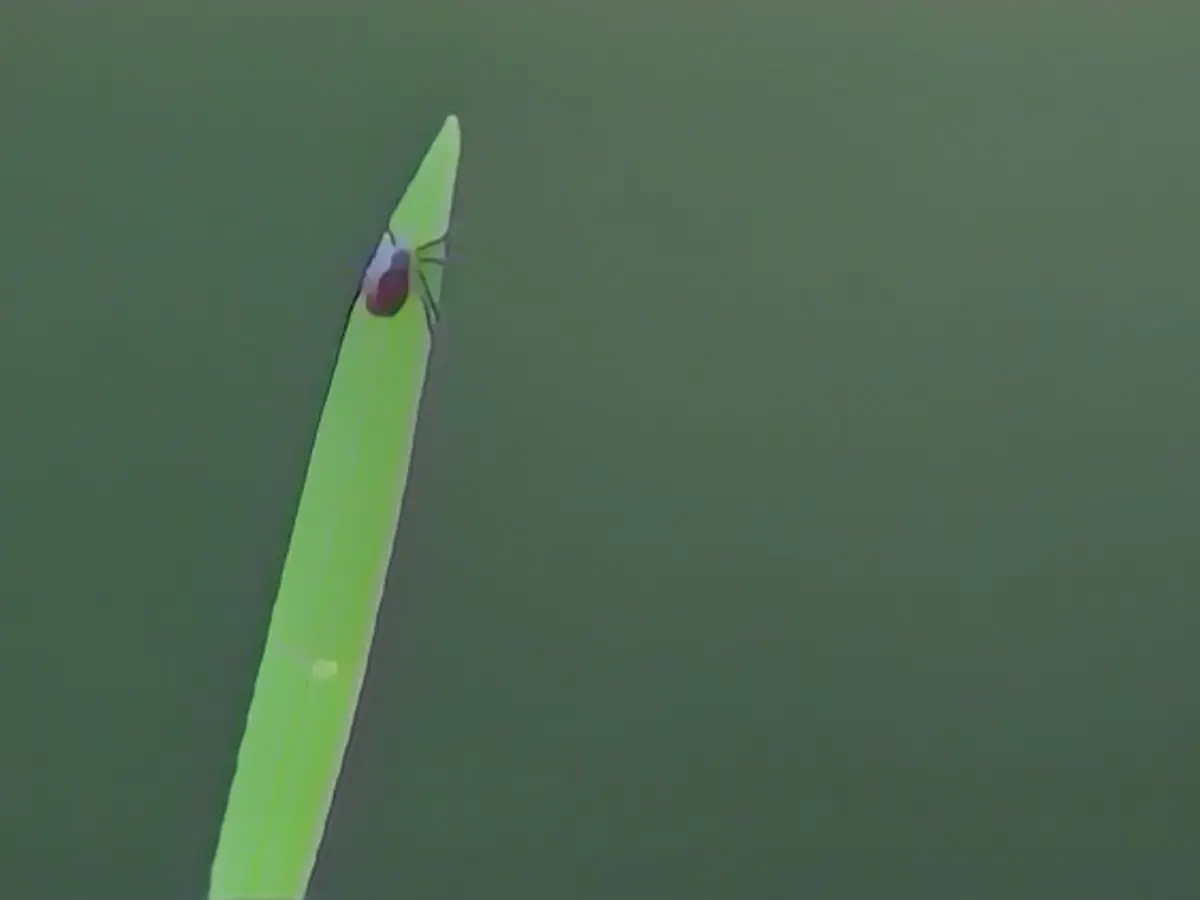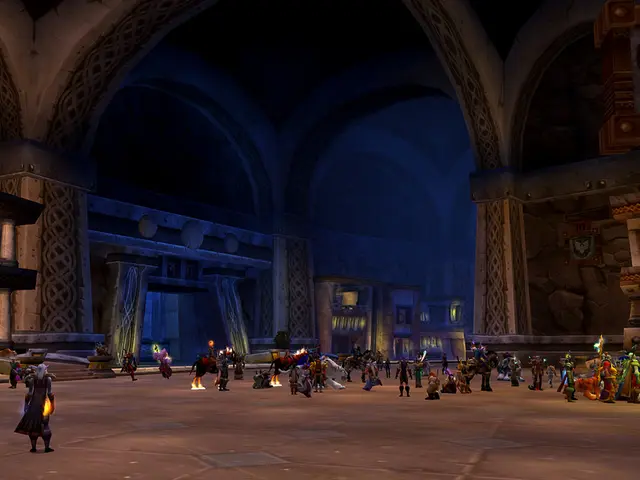Ticks Don't Hibernate in Winter's Chill Anymore
Contrary to popular belief, ticks aren't hibernating during winter any longer. Scientists from the University of Veterinary Medicine Hannover confirmed this in a study, as reported in a press release issued on Thursday. The increasingly mild winters and the corresponding lack of snowfall are influencing their activity.
Researchers caught ticks in fields and tick plots, as well as collected over 20,000 wood ticks and meadow ticks from veterinarians. The findings reveal that the meadow tick is constantly active throughout winter, excluding periods of snowfall. The common wood tick is now active from December to February during mild winters as well. The activity of both tick species shows a notable surge, particularly in February. Since ticks can transmit a variety of infectious diseases, the risk of infection for both humans and animals is now year-round.
Earlier scientific warnings suggested that ticks became active earlier or even stayed active all year round due to climate change. The TBE pathogen, responsible for viral meningitis or encephalitis in humans, and Lyme disease, which damages the nervous system and joints, are transmitted more frequently by ticks. Animals such as dogs and cats are also at risk of tick-borne pathogens.
The University's research reinforces the fact that ticks are active during winter, challenging the idea of their slumber. While mild winters caused by climate change keep ticks mostly inactive, they become inactive during snowfall.
Climate Change and Tick Behavior
Climate change significantly impacts tick activity and disease transmission. It can extend their active seasons, making them more active for longer periods. They can survive in milder winters and reproduce more often, leading to a larger tick population the following year. Additionally, ticks can shift their geographic range, and there's an increased prevalence of disease-causing pathogens in ticks. All these factors contribute to a heightened risk of tick-borne diseases for humans.
Sources:







